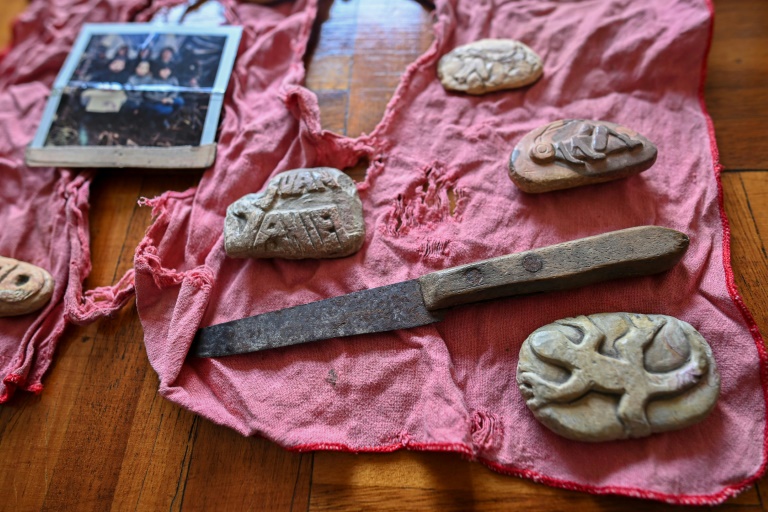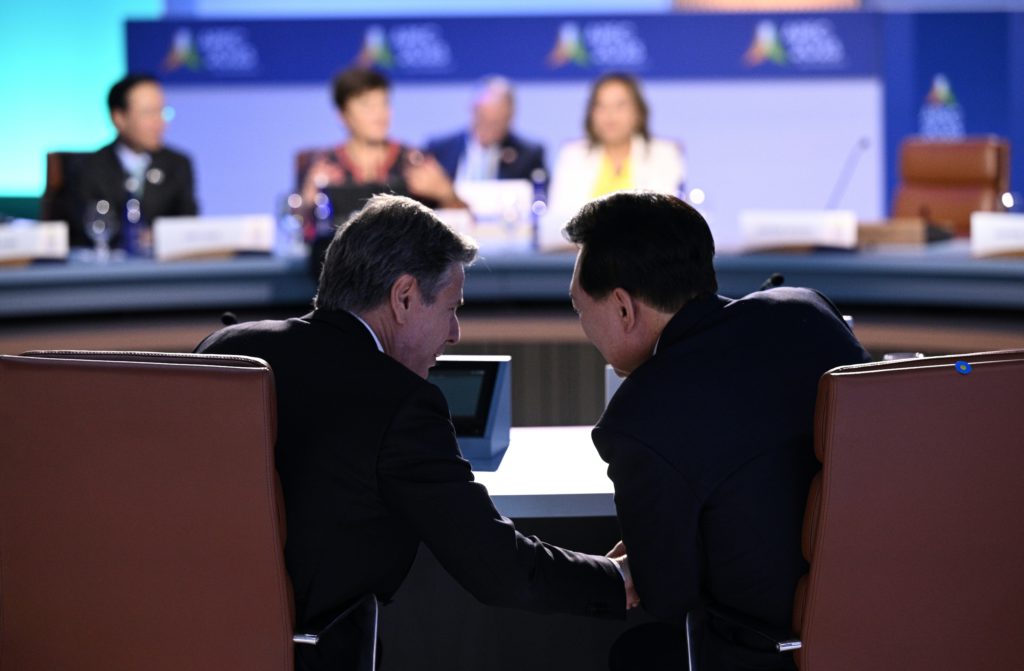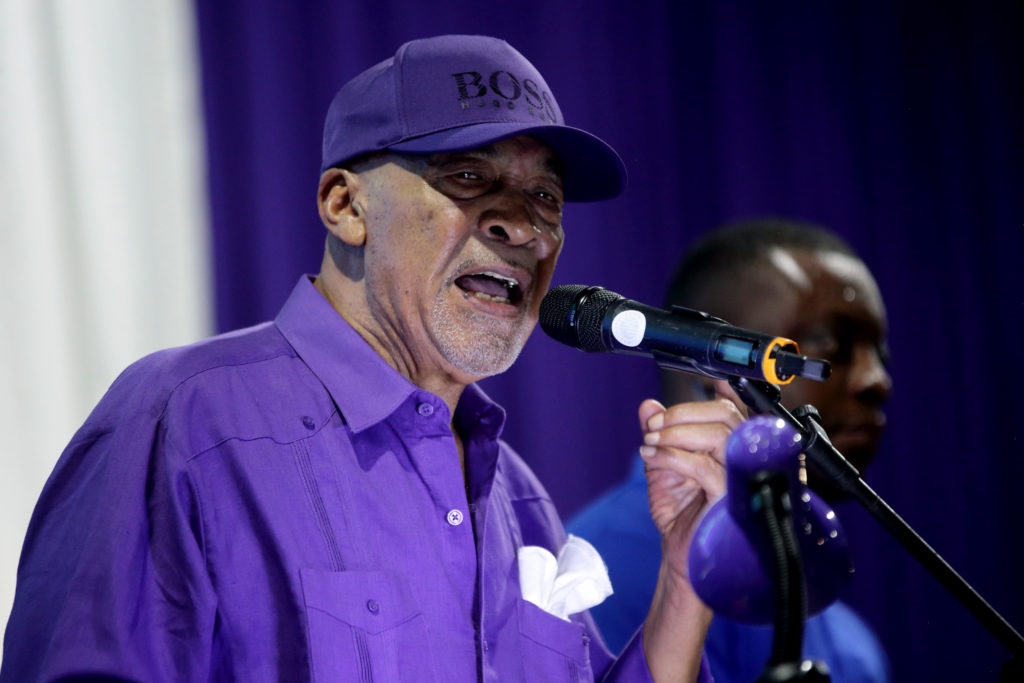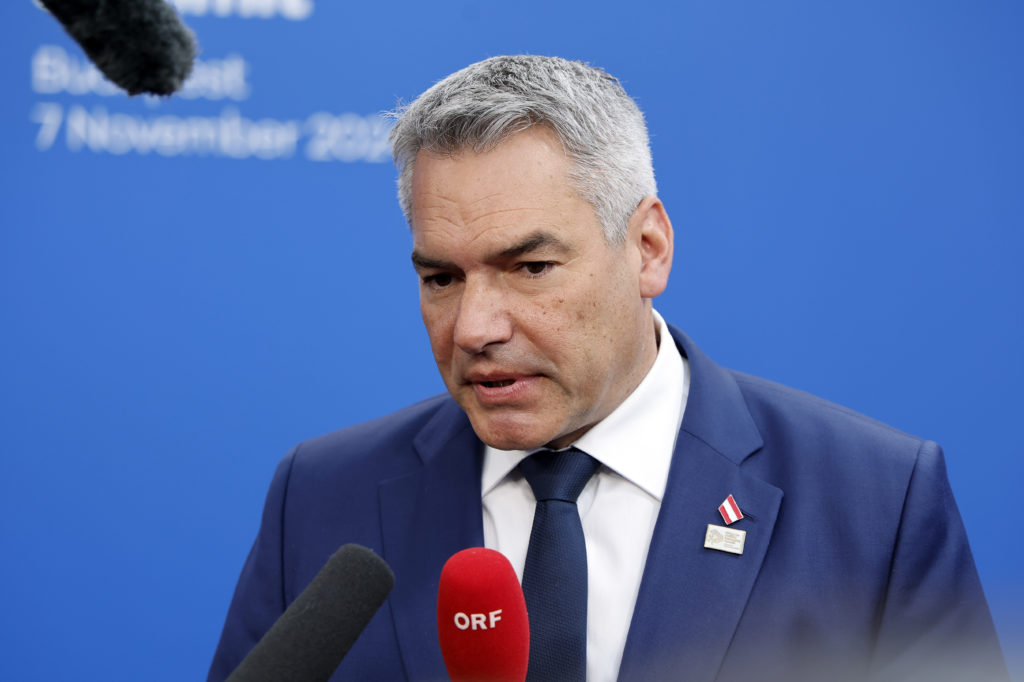Kidnapped by FARC guerillas in 2007 and held in the Colombian jungle for nearly four years, police Major Guillermo Solorzano found comfort, and company, in a doll he fashioned from rags and baptized Rodolfito.
Now Rodolfito is part of a virtual exhibit of seemingly mundane objects that brought solace to hostages and their loved ones during the long years of separation.
The display is an initiative of Colombia’s Truth Commission investigating the most heinous of crimes committed during the decades-long armed struggle conflict which more than 37,000 people were abducted.
Most were held by the Revolutionary Armed Forces of Colombia, or FARC, which was Latin America’s most powerful insurgency until reaching a peace deal with the government in 2016. The FARC has since transformed into a political movement with the same acronym but a different name.
Here is the story of three items among the vast collection of clothing, jewellery, newspaper clippings, photos and other personal effects.
– ‘Rodolfito’ –
“It was a figure, a doll that I made there and that made me feel alive, as if I had company,” Solorzano tells AFP describing his soldier doll Rodolfito.
The crude rag creation is made out of military fatigues, with arms and legs ending in stubs, and facial features, pockets and other details drawn on.
Rodolfito, who even has a hat, gave him something to “socialize” with, said Solorzano.
“It allowed me to get out of that trance, that deep depression that I was in.”
Solorzano was captured in southwestern Colombia on June 4, 2007. He was among a group held by the FARC to swap with guerillas held prisoner in Colombia and the United States.
After nearly four years in captivity the police major was finally handed over to a humanitarian commission.
Former FARC commanders have admitted to kidnapping and asked for forgiveness before Colombia’s Special Jurisdiction of Peace (JEP), set up to try the worst crimes committed during the conflict.
The tribunal is set to issue its first sentences by early 2022.
Under the peace deal, ex-rebels or soldiers who appear before the JEP would receive alternative sentences to prison time if they confess their crimes, compensate victims and swear off violence.
– Dead in life –
Adriana Tafur was 20 when she was kidnapped by National Liberation Army (ELN) guerrillas on May 30, 1999, as she attended Sunday mass in the city of Cali in Colombia’s southwest.
Her crutch during five-and-a-half months in captivity in the jungle was keeping a diary.
“I realize that my life has changed completely,” reads an inscription she made on the eve of her liberation.
“Being held hostage… is to be dead in life,” she told AFP of the experience. The diary was her only “therapy.”
“Once a year I read the diary and there are things that make me think: ‘Is this real, I went through this?” said Tafur, who feels aggrieved there has not been “justice” in her case.
Colombian President Ivan Duque ended negotiations in 2019 with ELN, the only guerrilla force still active in Colombia.
the country the ELN rebel movement
.
He called off talks 22 police cadets were killed in a car bomb attack claimed by the ELN.
Tafur has never had a chance to face her former captors and says she is still waiting for an official process to recognize her suffering.
– Clay duck –
Juliana Orozco was eight years old when the FARC kidnapped her father, departmental lawmaker Nacianceno Orozco, in Cali on April 11, 2002.
Five years later he was killed with ten colleagues while still in captivity.
A former FARC commander accepted responsibility for the crime before the JEP.
Orozco’s contribution to the exhibition includes a pre-Columbian clay figure resembling a duck that comes from her father’s collection — a memento to replace real memories she never got to make with him.
Some of those who have testified before the JEP have shown “not the least sense of awareness” of the damage done to those left behind, Orozco said.
Kidnappings have continued in Colombia, which is in the midst of its worst outbreak of violence since the 2016 peace deal.
In 2000, at the height of the conflict, police registered some 10 kidnappings a day in Colombia. In 2019, there were 88.
Armed groups — including the ELN and FARC dissidents who refused to sign the peace pact — take hostages for political leverage and ransom.










